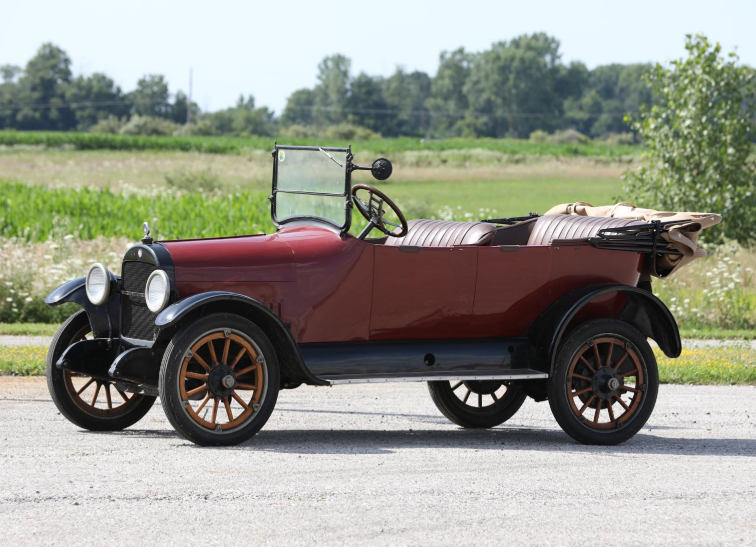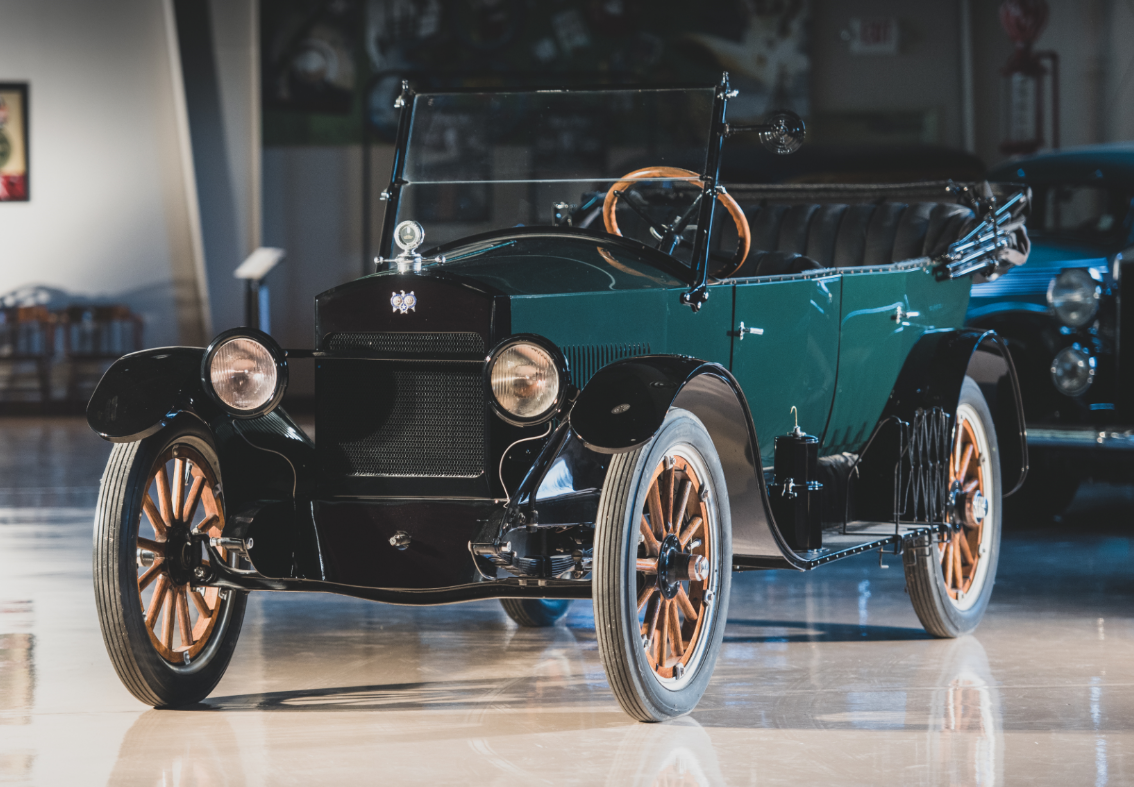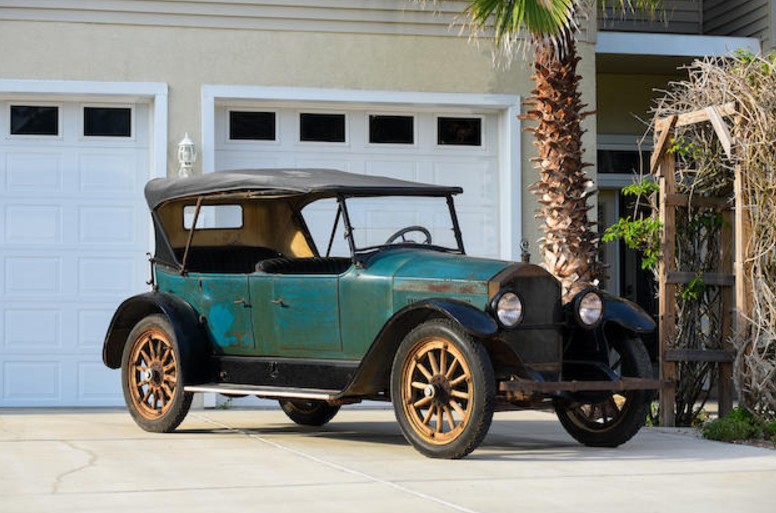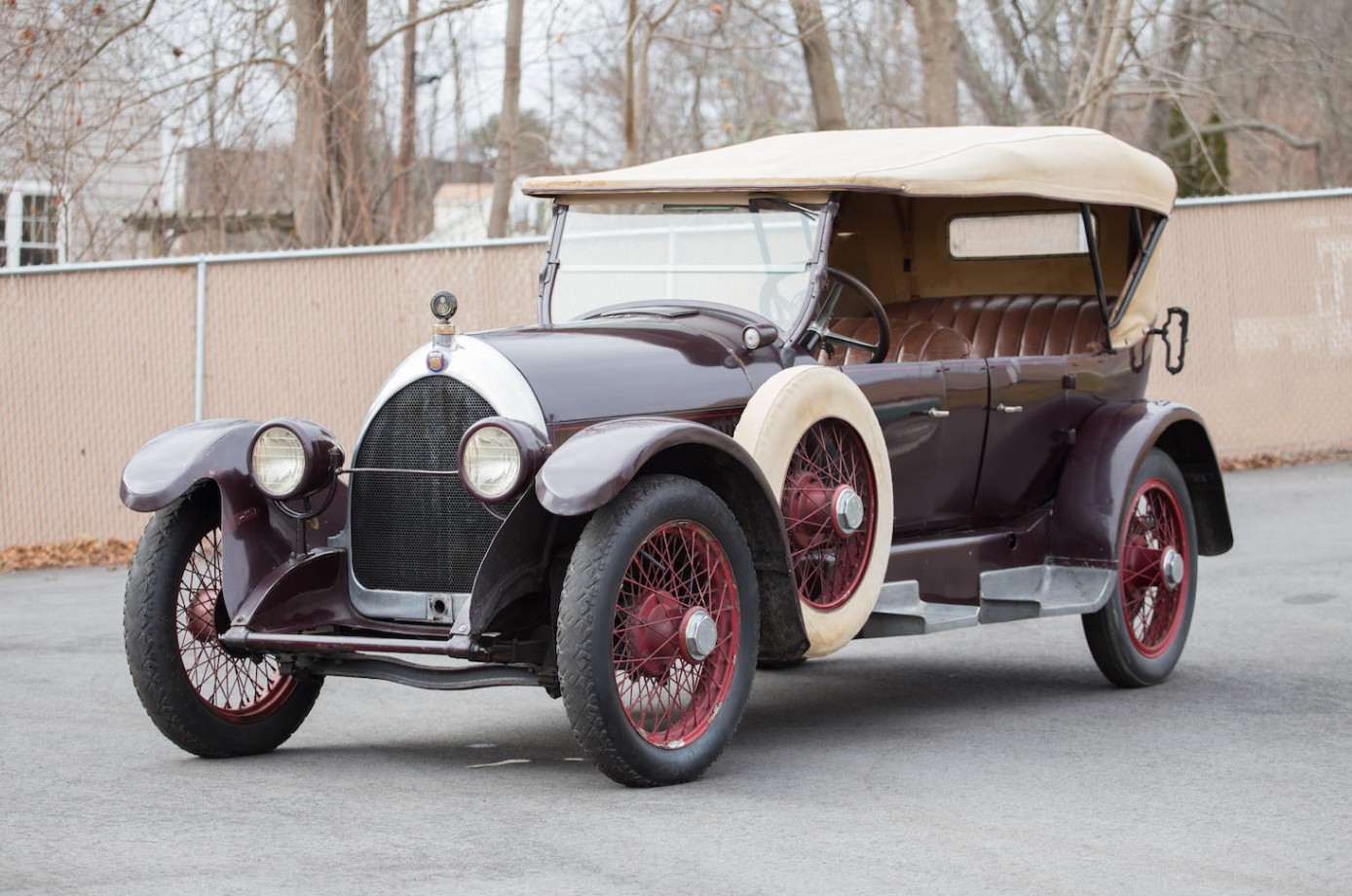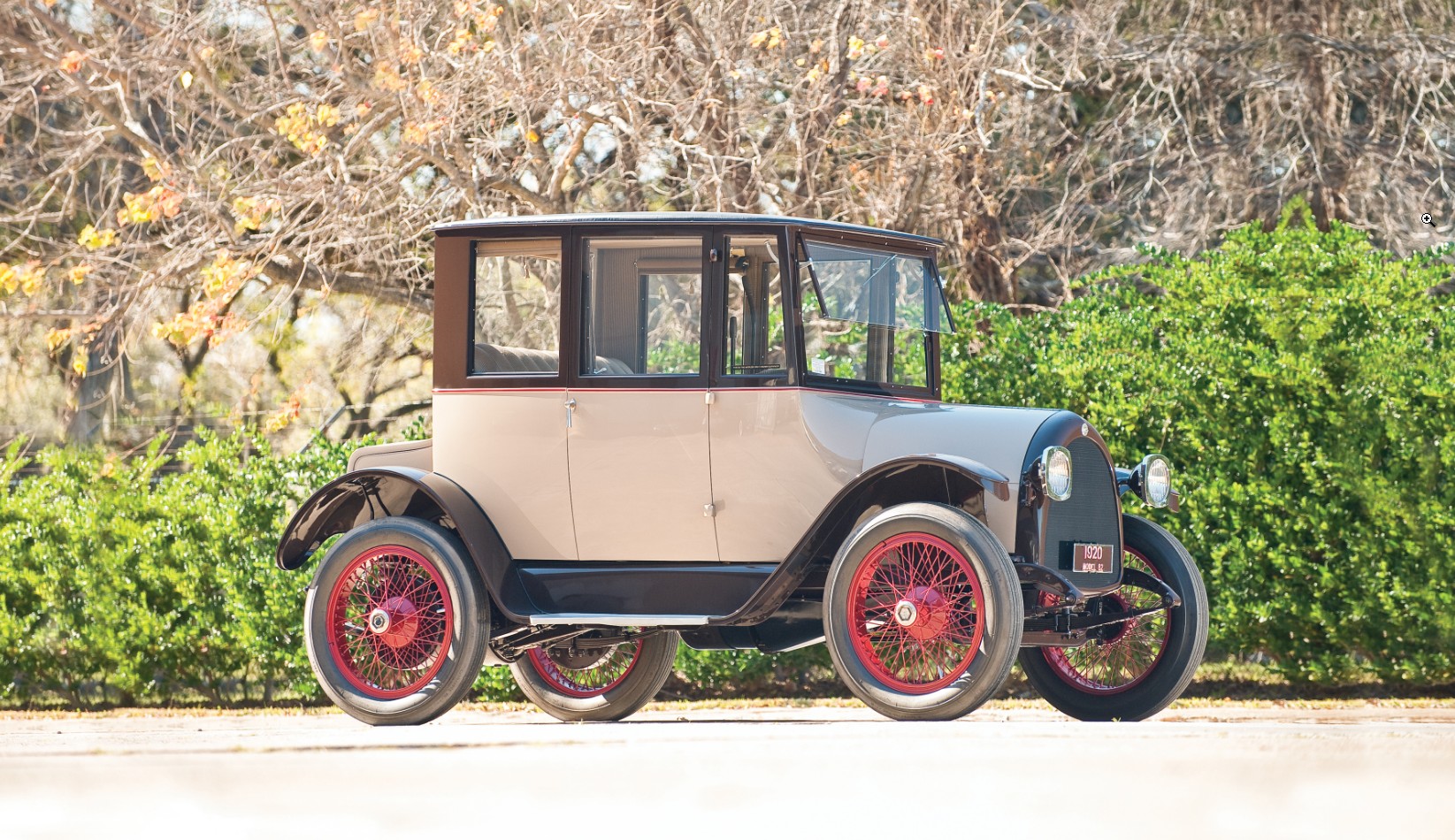Four Cars From RM in Auburn
Offered by RM Sotheby’s | Auburn, Indiana | August 30-September 2, 2018
1913 Maxwell Model 25 Touring

Photo Courtesy of RM Sotheby’s
Maxwell was founded in 1905 by Jonathan Dixon Maxwell and Benjamin Briscoe in Tarrytown, New York. It was the only surviving marque of Briscoe’s disastrous United States Motor Company conglomerate and would become known as Chrysler in 1925.
The Model 25 was actually sold in 1914 through 1924 but this car is apparently titled as a 1913. Power came from a 21 horsepower straight-four backed by a 3-speed manual transmission. This car is unrestored and would make a great driver. It should bring between $20,000-$30,000. Click here for more info.
Update: Sold $13,200.
1914 White Model Thirty G.A.H. Touring

Photo Courtesy of RM Sotheby’s
The White Motor Company was around for 80 years, but only produced passenger cars for the first 18 of those. And the earliest examples were powered by steam before they focused on gasoline power (and ultimately diesel trucks).
White had a very strange model naming system going from about 1910 through 1916. Take for instance, this Model G.E.D. Touring. The 1914 model range consisted of the Model Thirty, the Model Forty, and Model Sixty. The Model Thirty was broken down as the G.A.F. Touring, Roadster, and Coupe. G.A.H. cars were actually built in 1916 so it’s hard telling why this is titled as a 1914. At any rate, it should bring between $45,000-$65,000 and you can read more here.
Update: Sold $29,700.
1919 Cole Aero Eight Sportster
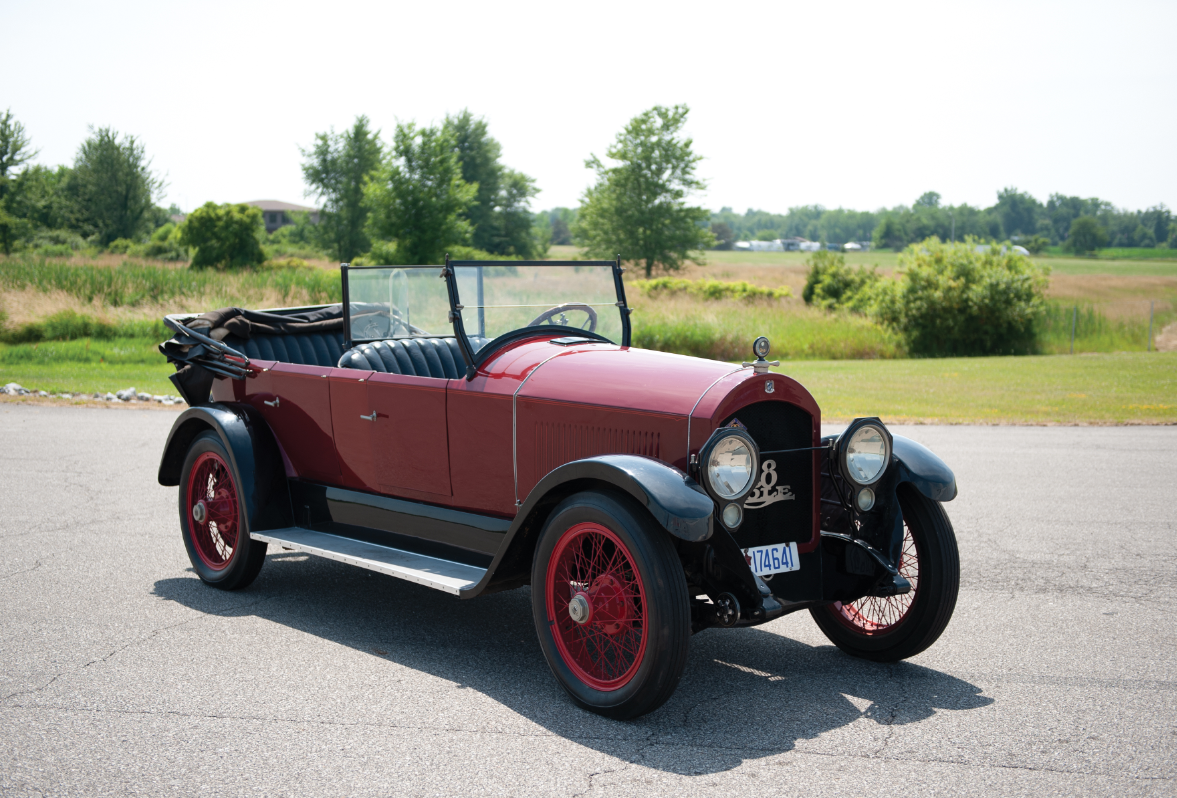
Photo Courtesy of RM Sotheby’s
The Cole Motor Car Company was founded by Joseph Cole in Indianapolis in 1909. Their claim to fame was that they were one of the first companies to offer a V8 engine in their cars. It debuted in 1915 for the 1916 model year and would last through the end of Cole production in 1925.
1919 Coles were dubbed the Series 870 and featured a 39 horsepower version of the company’s V8. In 1920, the “Aero Eight” moniker was introduced and the $2,750 4-passenger Sportster would’ve featured an upgraded 80 horsepower version of the engine. If this is a true Sportster, it’s going to have the big engine. It should bring between $20,000-$30,000. Click here for more info.
Update: Sold $28,600.
1920 Buick Model K Roadster

Photo Courtesy of RM Sotheby’s
Buick only offered six-cylinder cars between 1919 and 1921. 1919’s Model H would become 1920’s Model K. For 1921 Buick moved to the Series 21 and would continue with numerical sequencing through 1924.
A 4.0-liter straight-six created 27 horsepower in the Model K and this 2-door, 3-passenger Roadster was the cheapest model offered at $1,495. About 19,000 of them were made in 1920 and this one should bring between $15,000-$25,000. Click here for more info and here for more from this sale.
Update: Sold $14,300.
